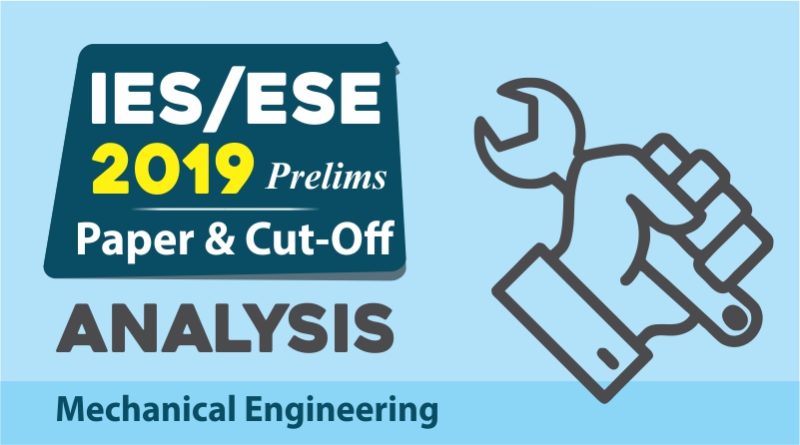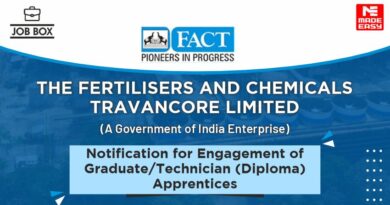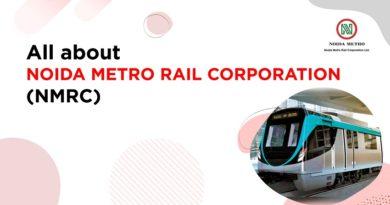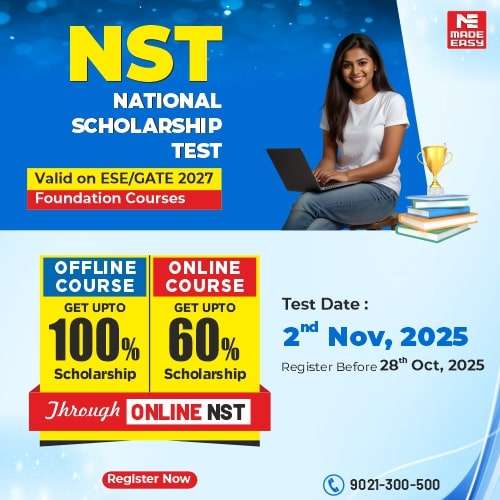Mechanical Engineering: IES/ESE 2019 Prelims | PAPER and CUT-OFF Analysis
The Prelims stage of Engineering Services Examination (ESE) 2019 IES just got over today. The exam was conducted by Union Public Service Commission (UPSC) for the selection in Indian Engineering Services (IES). Mr. B. Singh, CMD MADE EASY, along with the Mechanical Engineering faculties has analyzed the question paper for the students. In this article, we will be sharing a detailed review of the paper and what should be the future strategy for the students. The trend of the paper has been constantly shifting in the past few years. Leaving any portion of the syllabus can cost heavily in this scenario.
Now let’s discuss the subject wise analysis of Mechanical Engineering of ESE 2019 Prelims paper:
[embedyt] https://www.youtube.com/watch?v=HEjIB35jn7s[/embedyt]
Theory of Machines: There are 16 questions asked on this subject. Half of the questions are highly physical and hence, the importance of doing classes has again been emphasized. This year the paper was much more difficult and required a lot of calculation for solving.
Must Read: All You Need to Know about Theory of Machines
Strength of Material: The question paper has covered all the basics but less importance has been given to the important topics. Out of 17 questions, 15 were of a numerical type and were quite long to solve. Compared to last year, the questions were a bit difficult.
Material Science: In total there were 13 questions out of which, 5 questions were of numerical type. The level of questions was similar to those taught in our classroom program.
IC Engine: Six questions were asked this time. Two questions of the previous year were repeated. The questions were a bit lengthy and some questions also need a calculator for solving.
Thermodynamics: Total 8 questions were asked. The numerical problems were very lengthy and required calculators for solving. The same type of questions was asked in the MADE EASY test series also.
HMT: Total 7 questions were asked in the paper. There were 4 numerical-type questions. The questions were easy and can be solved in the given amount of time. However, there was one question that does require the use calculator.
Production Engineering: Total number of questions asked was six. The pattern was similar to that of 2013 where more number of questions were asked from Material Science.
Robotics: There were four questions from Robotics. The questions were as per the expectation and didn’t deviate too much from the syllabus.
Mechatronics: Every year there has been a rise in the number of questions asked on this subject. Thirteen questions were asked from this subject. It is a very high-scoring subject if prepared nicely.
Machine Design: This year 7 questions have been asked. Six questions are very simple and are directly from the class notes. One question requires the help of a calculator for solving and hence, was a bit tough for the students to solve.
Industrial Engineering: Only four questions have been asked and that too from untraditional concepts. The level of questions was easy and could be easily solved.
Power Plant: This is very important and 17 questions were asked on this subject. The questions are not from the traditional topics but can be easily solved. There were a few questions that required the help of a calculator for solving.
RAC: This time 8 questions were asked. This year they have touched those areas which were asked only in conventional.
Renewable Energy: 12 questions have been asked and out of the 10 were theoretical type questions. The questions were more based on research-type questions and were difficult for the students to answer.
Fluid Mechanics: This year 15 questions were asked from this subject. 12 questions were of numerical type. The theoretical questions were research-oriented and require critical thinking. The numerical questions have touched all the parts of the syllabus. The numerical type questions were lengthy and require a calculator for solving. Almost 70% of the questions can be solved easily but there were few numerical questions that were not expected to be asked in the objective paper.
If we take a comprehensive overview of the question paper then, there were 65-70% theoretical questions and 30-35% numerical questions. To get a more in-depth analysis of the paper and success strategy from Mr. B. Singh, please watch the video given below:
UPSC ESE/IES Prelims 2019 (Mechanical Engineering) analysis and expected cutoff
For in-depth analysis of cut-off and answer keys, read the article given below:
IES/ ESE 2019 Prelims Exam Answer Key and Detailed Solutions
Dear Aspirants,
Your preparation for GATE, ESE, PSUs, and AE/JE is now smarter than ever — thanks to the MADE EASY YouTube channel.
This is not just a channel, but a complete strategy for success, where you get toppers strategies, PYQ–GTQ discussions, current affairs updates, and important job-related information, all delivered by the country’s best teachers and industry experts.
If you also want to stay one step ahead in the race to success, subscribe to MADE EASY on YouTube and stay connected with us on social media.
MADE EASY — where preparation happens with confidence.

MADE EASY is a well-organized institute, complete in all aspects, and provides quality guidance for both written and personality tests. MADE EASY has produced top-ranked students in ESE, GATE, and various public sector exams. The publishing team regularly writes exam-related blogs based on conversations with the faculty, helping students prepare effectively for their exams.






Very good